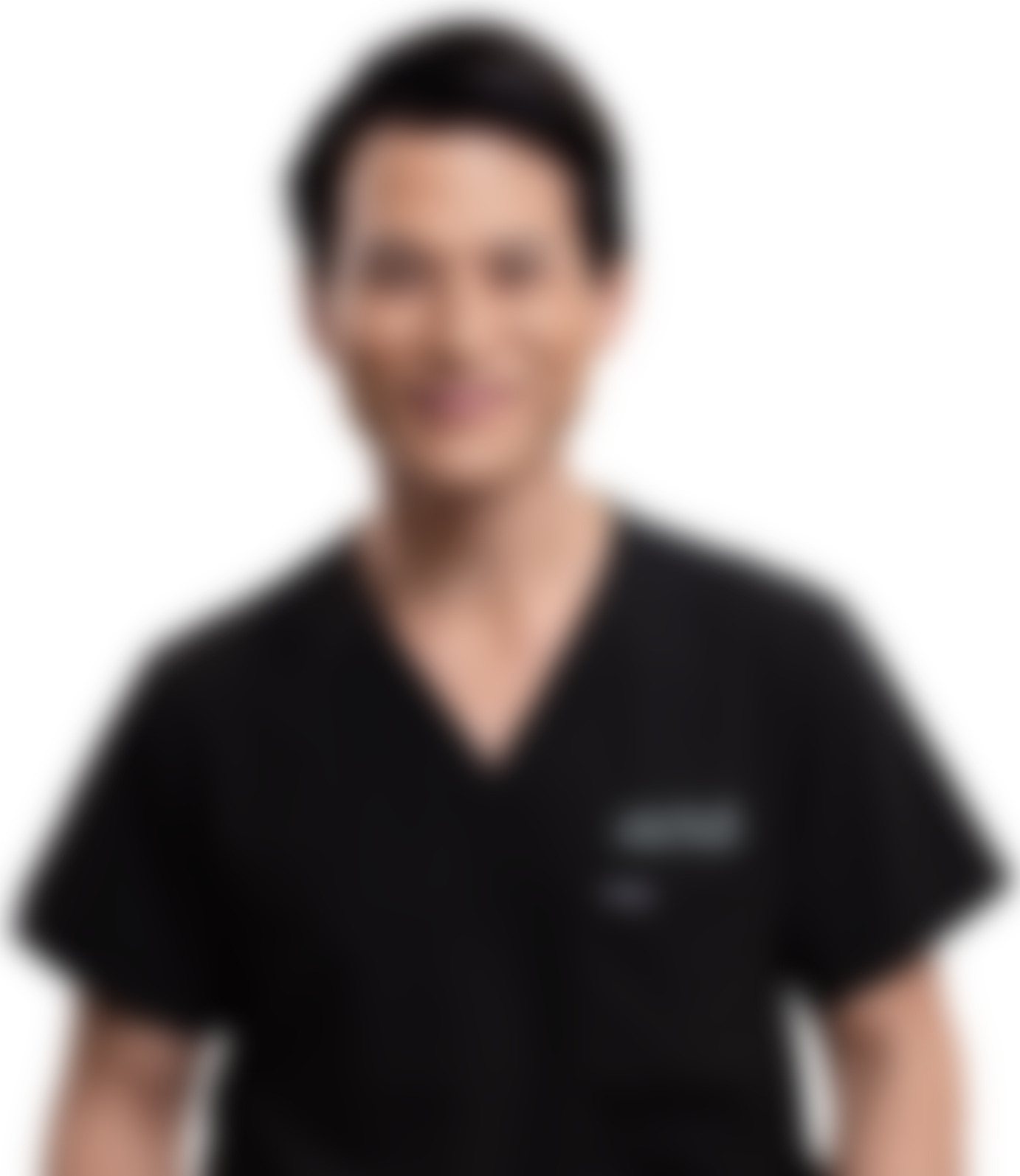Microdermabrasion vs Laser Skin Resurfacing: Which is Best?
UpdatedAs the largest organ in the body, the skin takes a beating when it comes to aging. As if looking older than you feel isn't enough, 2013 research revealed creases and folds in your face make you look perpetually sad or upset, even when you’re not!
Sounds unfair, right?
In this blog post, we’ll take a closer look at aging skin, and the two skin resurfacing treatments that have been proven to smooth out premature signs of aging: microdermabrasion and laser skin resurfacing.
Microdermabrasion vs. Skin Resurfacing
Genetics has a say in whether or not your skin ages gracefully. But there are other factors that influence skin quality as we age.
3 Casualties of Aging Skin
1. Volume loss
A youthful face is illustrated by a balanced distribution of facial fat. Have you noticed how babies have chubby cheeks? As we get older, fat in the cheek area is either lost or redistributed to other areas. Often, this is a result of hormonal shifts or frequent weight fluctuations.
By the time you reach middle age, volume loss is mostly evident in the face. It is characterized by the appearance of hollowed cheeks and under eye depressions from tear troughs.
Volume loss is typically addressed with fat transfer or facial fillers.
2. Loss of elasticity
Dwindling levels of collagen and elastin in the skin can lead to a loss of skin elasticity. Both proteins are responsible for keeping your skin elastic, plump, and supple. Gravity also plays a role in skin quality changes. The older you get, the more your skin droops because of the constant downward pull of gravity.
Surgical lifts such as a facelift or a buttock lift help improve the skin aging issues that have to do with a loss of elasticity.
3. Texture Changes
Uneven pigmentation, poor skin tone, and the appearance of fine lines can change the texture of your skin as you age. These changes are a result of unprotected sun exposure, environmental pollutants, lifestyle choices, and slow cellular regeneration.
Skin resurfacing treatments are a good choice for addressing skin texture changes.
How Skin Resurfacing Treatments Help
There are several ways to keep your skin smooth, clear, and looking youthful. These include injectables such as Botox and dermal fillers, or a facelift. Additionally, there are skin resurfacing treatments that improve the appearance of your skin by gently removing the outer layers of the skin. As a result, the underlying layer is exposed, for fresher, younger-looking skin.
The most frequently performed skin resurfacing treatments include:
- Microdermabrasion
- Dermabrasion
- Laser Skin Resurfacing
- Chemical Peels
At our San Francisco practice, we’re often asked about the difference between microdermabrasion and laser skin resurfacing.
How Microdermabrasion Works
Microdermabrasion is a controlled, non-invasive treatment that removes dead skin cells while stimulating collagen production in the middle and deeper layers of the skin at the same time. Collagen is a component of a protein found in multiple functions throughout the body. It is the protein that keeps your skin firm and toned.
A fine tipped instrument, or a fine mist of abrasive particles, is used to exfoliate the skin’s outer layers during the procedure. Subsequently, the exfoliated layers are gently vacuumed away. The entire treatment takes roughly 30 minutes to an hour for the whole
Microdermabrasion has little-to-zero side effects. It doesn’t involve anesthesia, and there is no downtime.
Who Should Have Microdermabrasion
Whether it’s a single treatment or multiple sessions, microdermabrasion can address the following issues:
- Enlarged pores
- Mild to moderate acne scarring
- Dry skin
- Dull skin
- Fine lines and wrinkles
- Hyperpigmentation issues such as sunspots or age spots
Dermabrasion vs. microdermabrasion: What's the Difference?
In contrast to microdermabrasion, dermabrasion is more in-depth in terms of coverage. A rotating instrument for exfoliation is used, reaching deeper into the skin’s surface.
Because dermabrasion extends into the skin’s deeper layers, you may have to dedicate several days of downtime following the treatment. Your skin will be tender to the touch and quite raw in appearance.
Dermabrasion works best for deep lip lines, improving the appearance of severe acne scars, and reviving extremely sun-damaged skin.
What is Laser Skin Resurfacing?
Instead of using fine-tipped instruments, or abrasive particles, laser skin resurfacing procedures use pulses of high-intensity light to safely peel away the skin’s damaged outer layers.
A laser skin resurfacing treatment can either be ablative or non-ablative. Ablative lasers utilize rapid pulses of light when removing the skin’s outer layers. Meanwhile, non-ablative types rejuvenate the skin by heating up the skin below the skin’s surface. Ablative lasers require longer downtime but produce more dramatic outcomes.
At our practice, fractional laser treatment is often used. This type of laser treatment is a combination of ablative and non-ablative laser, and only removes a portion of the skin area to be treated.
The fractional carbon dioxide (CO2) laser treatment is an ideal choice for improving the appearance of deep wrinkles, fine lines, moderate to severe scarring, and uneven skin tone.
Keep in mind that some laser skin resurfacing techniques may have a longer downtime due to redness and swelling post-procedure. It could take days or weeks for the swelling to subside. Because of this, it is best to stay away from sun exposure as it can negate the skin rejuvenating effects of laser.
When to Consider Laser Skin Resurfacing
Laser skin resurfacing is your best bet if you have the following concerns:
- Moderate to severe blotchy skin
- Appearance of brown spots
- Leathery, dull, and sun-damaged skin
- Vertical wrinkles around the lip area
- Moderate to severe scarring
Which is Best?
Honestly, there is no "best" treatment
If you still have questions about the two treatments, schedule a personal call with a board-certified San Francisco plastic surgeon Dr. Larry Fan today!







